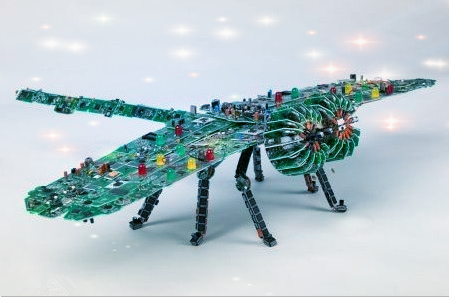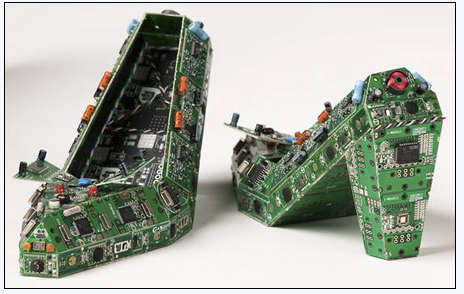The principle of the board - it is so capricious
Guide: You might be familiar with the term "circuit board," but do you know how it actually works? If not, keep reading and expand your knowledge base! It's fascinating to learn about the inner workings of this essential component in modern electronics.
1. Circuit Board Principles – Introduction
A Printed Circuit Board (PCB) is also known as a circuit board, PCB board, aluminum substrate, high-frequency board, ultra-thin circuit board, or copper etched board. It serves as the foundation for electronic components and provides the necessary electrical connections between them. Traditionally, PCBs were made using a printing and etching process, which is why they are called printed circuit boards. However, with the increasing miniaturization of electronic devices, most modern boards now use photoresist films or coatings, followed by exposure and development before etching.

2. Circuit Board Principles – Structure
A typical PCB consists of various elements such as pads, vias, mounting holes, wires, components, connectors, and more. Common types include single-layer PCBs, double-layer PCBs, and multi-layer PCBs. Each part plays a specific role:
- Pad: A metal hole used for soldering component leads.
- Via: A conductive or non-conductive hole that connects different layers of the board.
- Mounting Hole: Used to secure the board in place.
- Wire: Copper traces that connect component leads.
- Connector: Links different boards together.
- Filling: Helps reduce impedance by providing grounding.
- Electrical Boundary: Defines the board’s outer limit, ensuring all components stay within it.

3. Circuit Board Principles – How It Works
The working principle of a circuit board involves isolating the copper layer with an insulating material so that current can flow through pre-designed paths. This allows components to perform functions like amplification, filtering, modulation, and more. On a basic PCB, components are placed on one side while the wiring is on the other—this is called a single-layer board. For multi-layer boards, vias act as bridges between layers to ensure proper connectivity.
The design process of a PCB typically includes four main steps:
- Circuit Schematic Design: Creating the schematic diagram using software like Protel DXP.
- Generate Network Report: This report shows the connection details between components and acts as a bridge between schematic and PCB layout.
- PCB Layout Design: Converting the schematic into a physical board layout, which is more complex than the schematic stage.
- Generate Reports: After designing, generate reports like pin lists, board information, and network status before printing the final layout.

This concludes our introduction to the principles of circuit boards. Here are some related articles you might find interesting:
- 1. PCB Design Tips: Learn how to quickly create a board.
- 2. Secrets of a Circuit Board Enthusiast.
- 3. How to Make Your Own Homemade Circuit Board.
Battery For Firefighting Drone
Battery For Firefighting Drone,Drone battery,Heat Resistant Drone Battery,Heat Resistant Battery
Shenzhen Jentc Technology Co., LTD , https://www.phenyee.com